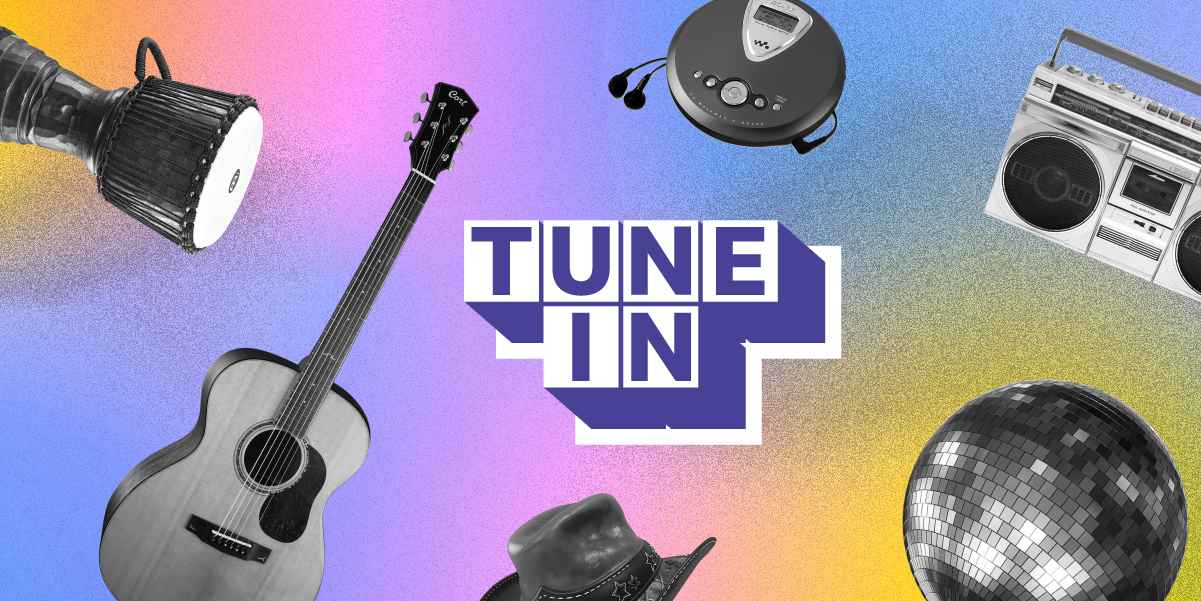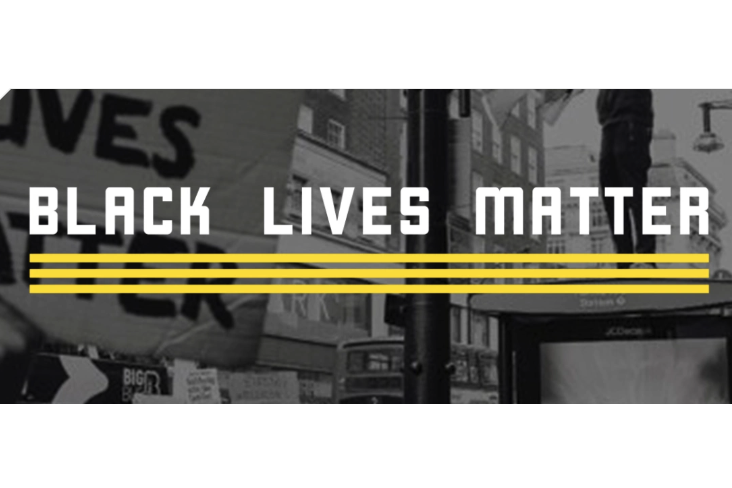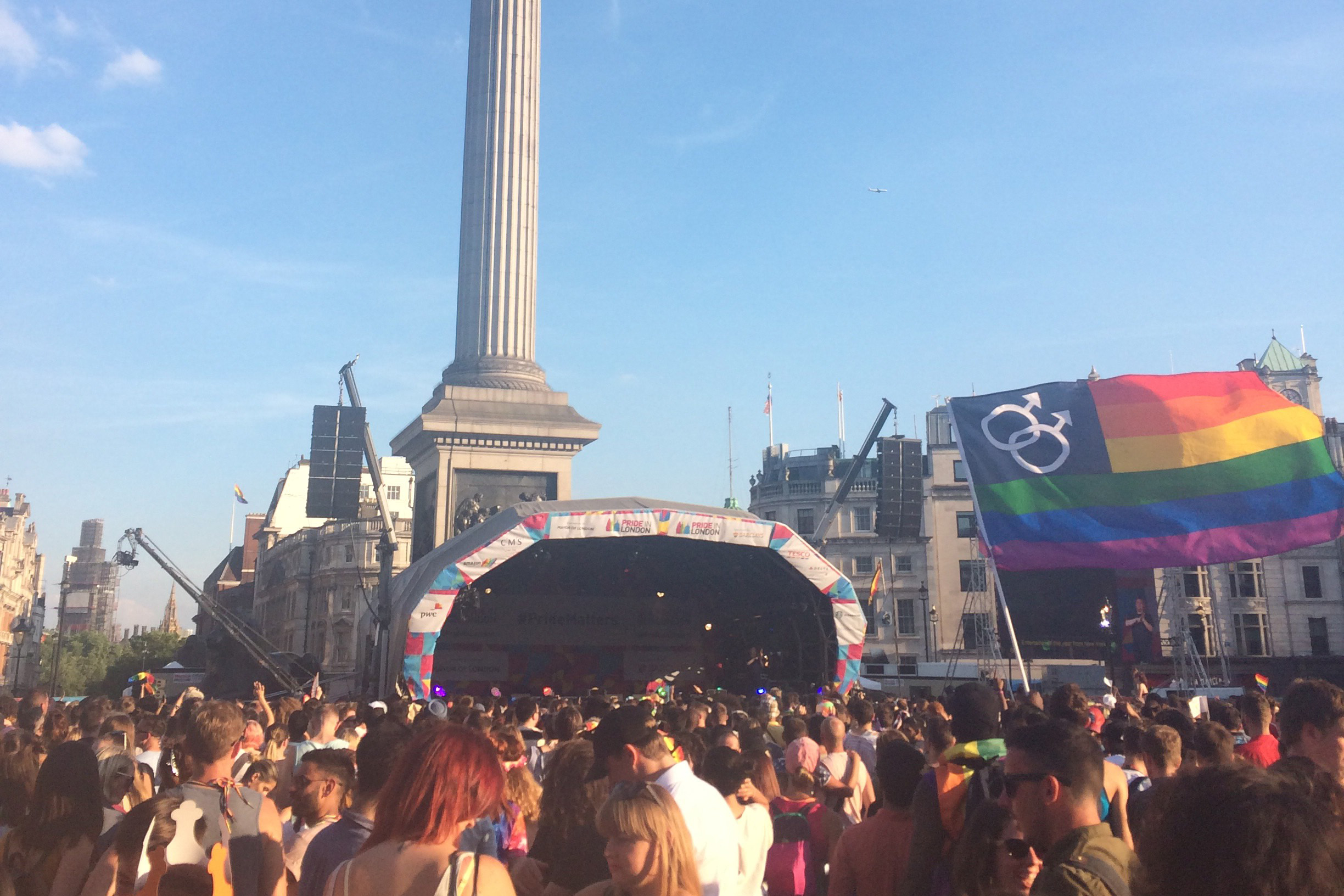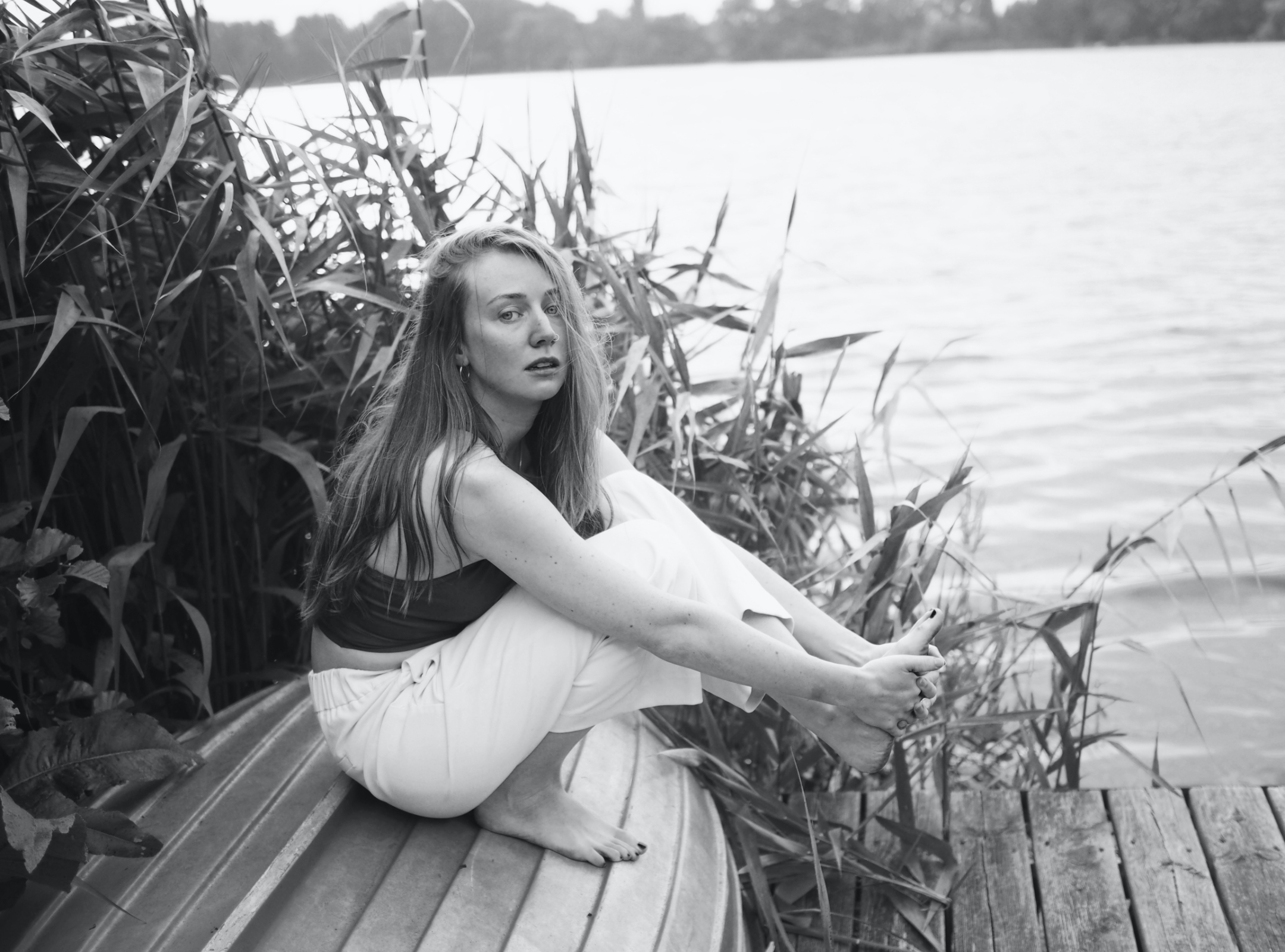We’ve been exploring some of the genres making waves in today’s music scene – from fresh sounds to those that have been steadily gaining momentum. We’d also love to tell you about some of the BIMM students and alumni whose music is helping to shape these genres.
1. Hyperpop
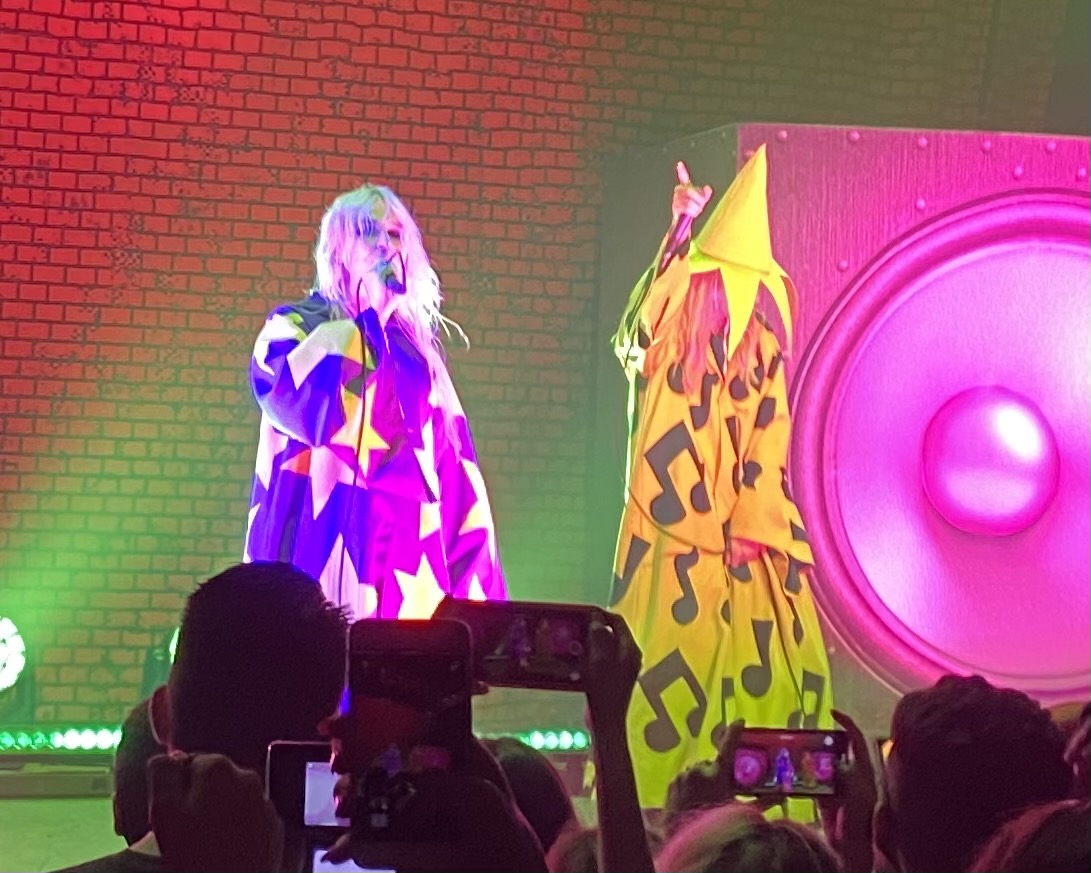
© Mcrsftdog (License)
A. G. Cook and SOPHIE are credited with developing and popularising hyperpop, and artists like Charli xcx, Shygirl, 100 gecs, and Slayyyter are now pushing it even further into the mainstream. Defined by glitchy beats, autotuned vocals, and chaotic energy, it’s the sound of the internet generation. With its neon aesthetic and distinctly British edge, this genre’s popularity continues to grow.
If hyperpop is your thing, you should check out BIMM graduate Adam Evans, whose influences include Charlie Puth and Troye Sivan, and current student R O, who stands out with her unique sound and aesthetic.
2. R&B/Neo-Soul
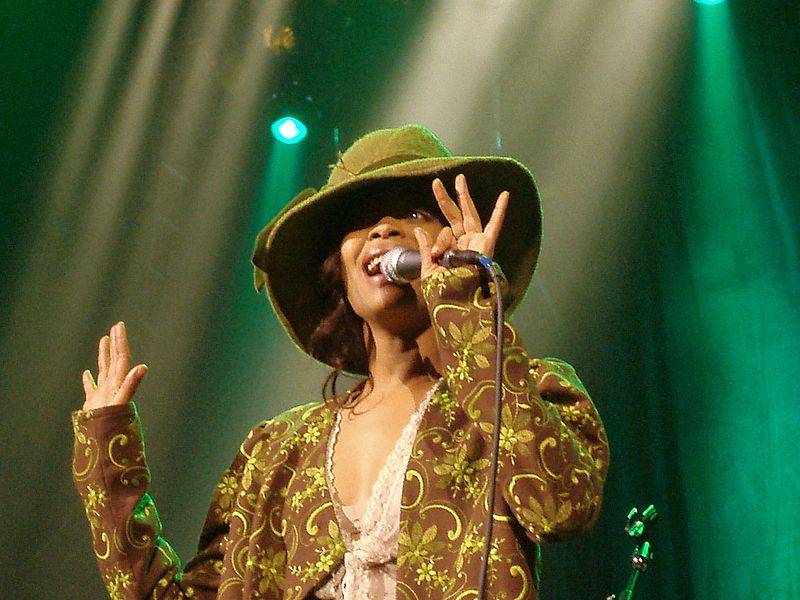
Often featuring rich vocal performances and emotional depth, this genre draws inspiration from the smooth R&B sounds of the late ‘90s and early 2000s. The genre’s impact is undeniable: in 2024, RAYE made history as the first artist to win six BRIT Awards, while SZA won International Artist and International Song. Rising stars like Olivia Dean and Lola Young are also making their mark.
There are many BIMM students influenced by R&B/neo-soul, including Safi, Ruby Barber-Street, Kühlname, Zohra Ferragh, and Lily MacKay.
3. Folk/Country
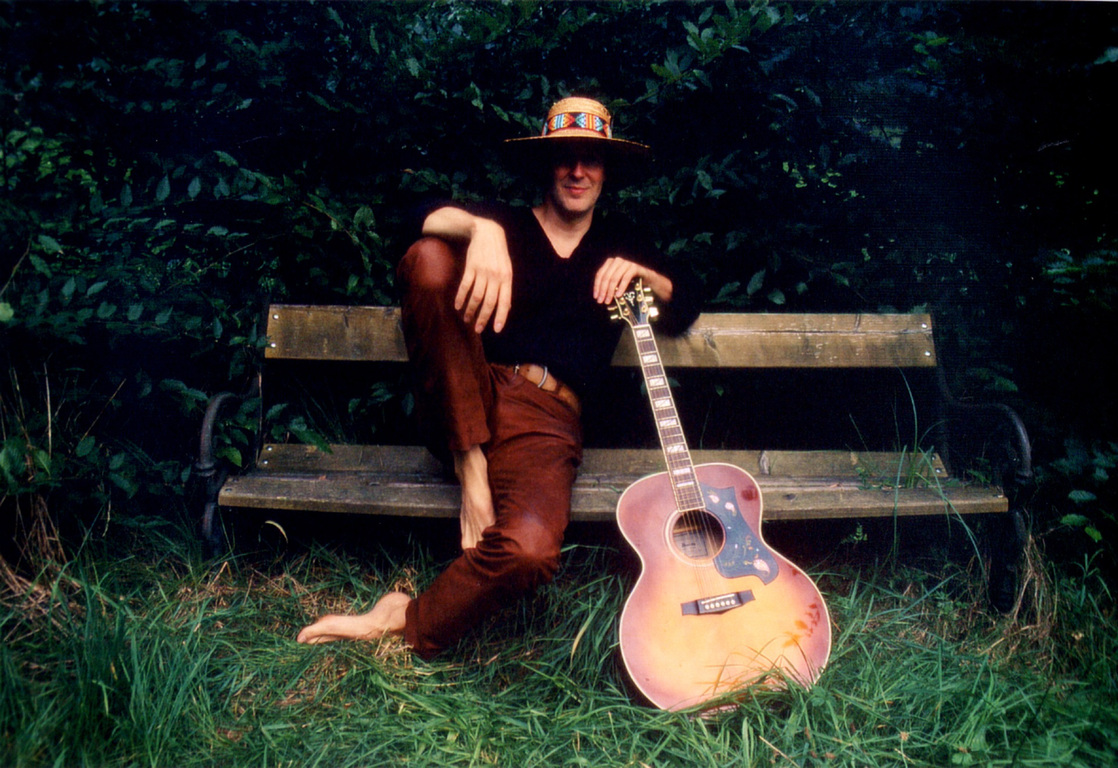
Whether you listen to Noah Kahan, CMAT, Maggie Rogers, or Lankum, the genre represents a craving for authenticity. Acoustic-driven storytelling has re-emerged as a response to the hyper-polished nature of mainstream pop. From slow, poetic ballads to indie folk anthems, there’s a sense of raw honesty that seems to resonate with today’s listeners.
If you like folk/country, or either of those genres mixed with pop, have a listen to BIMM graduate CORA, as well as current students Tara Berkeley, Finn Mungo, Arabella, and Téo Ziga.
4. Afrobeats

© Catherine Omeresan Sutherland (License)
Afrobeats continues its global rise, thanks to artists like Burna Boy, Rema, Tiwa Savage, and Tems. Fusing African rhythms with pop and R&B influences, the genre has become a staple in clubs, festivals, and charts across the world. With its infectious beats and uplifting energy, Afrobeats shows no signs of slowing down.
BIMM artist nanas3i is carving out his place on the Afrobeats scene – check him out on SoundCloud!
5. Latin Trap/Reggaeton
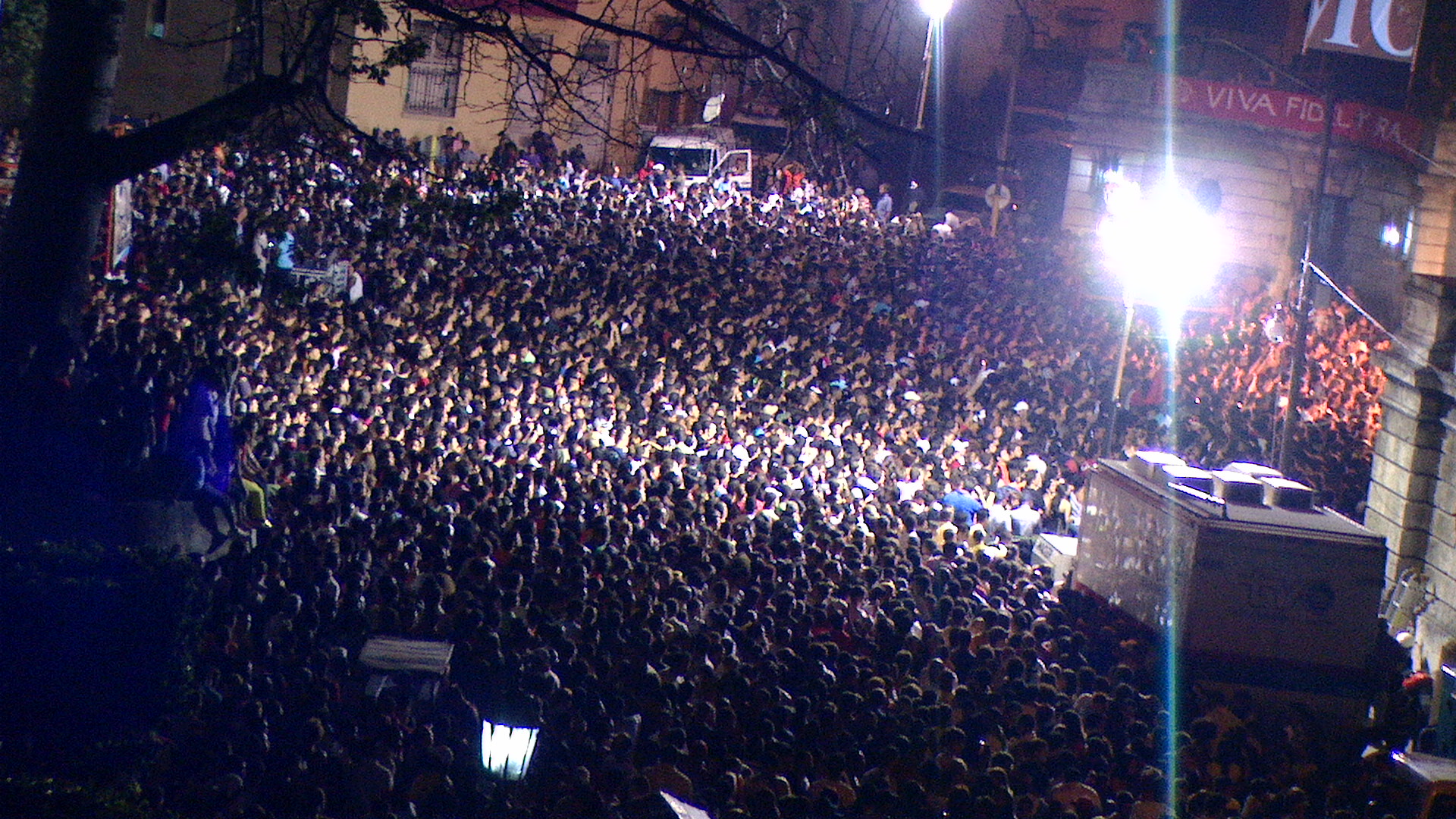
© Mauro Didier (License)
These genres dominate streaming platforms, highlighting the global demand for Spanish-language hits. Artists like Bad Bunny, ROSALÍA, Young Miko, and J Balvin blend traditional Latin sounds or flamenco with other genres like hip hop and EDM, creating a dynamic fusion that captivates audiences worldwide, especially via social media sites like Instagram and TikTok.
BIMM London student Sophiz is known for her unique blend of rock and soul, but she’s also stepped into the world of reggaeton.
Why are these genres so popular?
The return of Y2K aesthetics spans multiple genres, from electronic (PinkPantheress) to pop (Sabrina Carpenter). Electroclash artist The Dare has even drawn comparisons to Jarvis Cocker and Alex Turner, tapping into nostalgia for 2000s nightlife.
At the same time, the rise of folk and country shows a demand for raw, authentic music. Genres are also becoming more diverse, with Beyoncé’s exploration of her country roots showing how it’s opening up to new audiences. Afrobeats’ popularity comes from its upbeat, feel-good vibe and how easily it blends with other genres like hip-hop and UK garage. Platforms like TikTok and Instagram have fuelled its global rise, and huge stars like Ed Sheeran and Jorja Smith have even been featured on Afrobeats tracks.
Are genres fading, evolving, or more important than ever?
People have always loved categorising music, once through mixtapes, now through playlists. However, many artists resist being confined to a single genre. Artists can also evolve and change genres throughout their career – just think of The Beatles or David Bowie.
For some, genre can feel restrictive. Singer-songwriter Rachel Chinouriri has pointed out how Black artists are often placed into categories like R&B, soul, or hip-hop, even when their music spans multiple genres.
In 2023, the BBC suggested that some artists are now their own genre, citing Taylor Swift as an example. Microgenres are also on the rise, with Spotify’s personalised ‘daylists’ tailoring recommendations based on mood and time of day. As streaming evolves, ultra-specific genres could become the future of music discovery.
Discover the next wave of artists
At BIMM, we celebrate musical innovation, and our students are right at the heart of it – experimenting, creating and redefining genres in real time. We’re incredibly proud of their achievements and love sharing their talents with the world.
If you’d like to discover more about how our students and alumni are making their mark on the music industry, check out our Student Success page.
